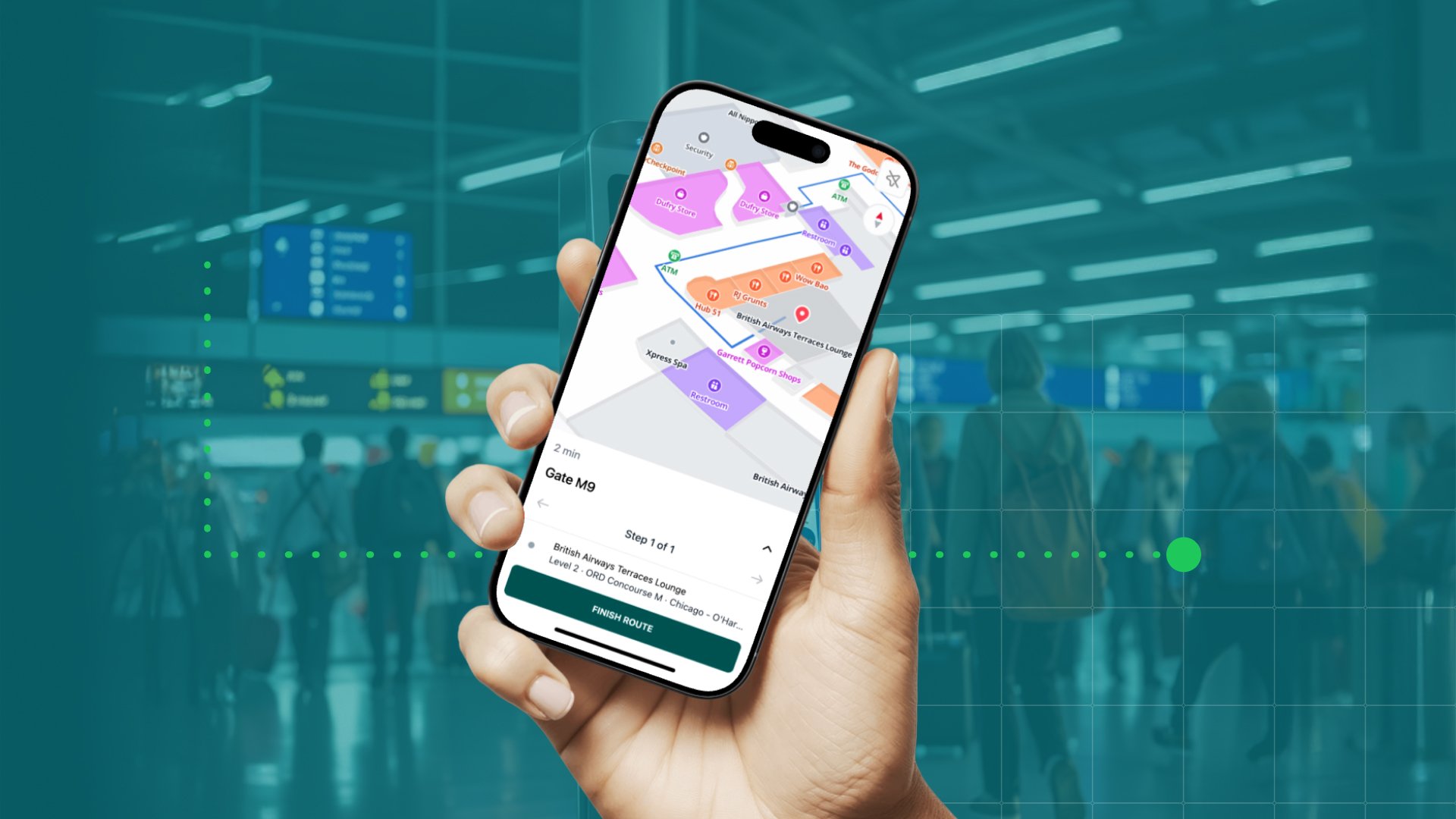In this episode of Spatial Experience Design, Brian Parks and Søren Vasø revisit the evolution of mapping technology, starting from static 2D CAD files to immersive 4D spatial experiences. They highlight the shift from administrative uses to user-centered applications in workplaces, stadiums, and retail spaces, emphasizing how aesthetics, accessibility, and interactivity have become central to digital building experiences. We explore the role of AI, mobile devices, and georeferenced data in shaping frictionless user experiences. They also explore the transformative potential of spatial intelligence in augmented and virtual reality, showcasing how digital maps are now platforms for dynamic, context-rich interactions.
Key Topics:
-
-
Evolution of mapping: 2D to 3D, moving toward 4D
-
Digital buildings vs. Digital twins
-
Georeferenced Data Applications
- Consumer expectations and User-centered design in mapping
- Workplace Experience and Fan Experience
- Augmented reality (AR), virtual reality (VR), and wearable tech
-
Mapping the Future: From 2D to 4D Spatial Experiences
Imagine stepping into a workplace that knows exactly how to make you comfortable—adjusting the lighting and temperature automatically based on who's in the room. Picture a stadium that intuitively guides you to the shortest concession line so you can grab your snack and get back to the action. This is the future of spatial experience, and it’s beginning now.
From booking flights to navigating massive corporate campuses, digital mapping has evolved from basic 2D blueprints into dynamic, interactive experiences that shape how we interact with the world. Now, 4D spatial experiences are unlocking even smarter, more responsive environments—making spaces work with us, not just for us.
From 2D CAD files to 3D immersion
The mapping industry has come a long way in the past two decades. What started as static 2D CAD files intended for architects has transformed into interactive web maps accessible to everyone. This shift made spatial data infinitely more user-friendly and changed how we move through and understand our environments.
Next came 3D mapping, adding layers of depth and realism. Whether navigating a corporate office, exploring a massive stadium, or browsing a shopping mall, 3D technology has made maps more intuitive and immersive. The ability to “see” a space before stepping foot inside bridges the gap between raw data and real-world usability, making navigation smoother and more engaging.
Consumer-Driven Evolution of Mapping
We can’t talk about digital maps without talking about how everyday tech has shaped expectations. Apps like Google Maps have conditioned us to expect easy, real-time navigation in our daily lives. Whether we’re looking for the best sushi spot in town or finding the fastest way to a meeting, we demand instant access to spatial data—and we expect it to be accurate, responsive, and effortless.
For businesses, this means staying ahead of the curve. As users expect more from their environments, companies that integrate modern mapping solutions into their spaces create better experiences, increase engagement, and stand out in a crowded market.
Enter: Spatial Experience Design
Now, we’re moving beyond static maps. 4D spatial experiences bring environments to life, transforming them into dynamic, data-driven ecosystems. These intelligent systems adapt in real-time, helping us navigate spaces in the most efficient way possible.
Think about a workplace where employees can instantly find an open meeting room instead of wandering aimlessly. Or a stadium where digital signage updates in real-time to direct fans to the shortest restroom lines. SXD is about making spaces work smarter by layering in the right data, at the right time.
For businesses, the potential is massive. By leveraging AI, IoT, and real-time spatial intelligence, organizations can create environments that respond to human behavior, streamline operations, and enhance the way people experience a space.
What’s Next for Spatial Experience Design?
We’re heading toward a future where spaces will anticipate. Smart environments, powered by AI and augmented reality, are shifting digital mapping from a passive tool to an active assistant that helps people make better decisions.
Imagine a stadium where fans are automatically guided to the best viewing spot based on their preferences. Or an office that reorganizes itself in real-time based on collaboration patterns. The spaces we move through are becoming more intelligent, more interactive, and more personalized than ever before.
The challenge now? Equipping people with the right tools to harness this intelligence. As spatial experience technology continues to evolve, the way we design and interact with environments will change in ways we’re only beginning to explore.
So, how will your business embrace this future? Let’s talk.
Additional Resources:
January 31, 2025



.png)